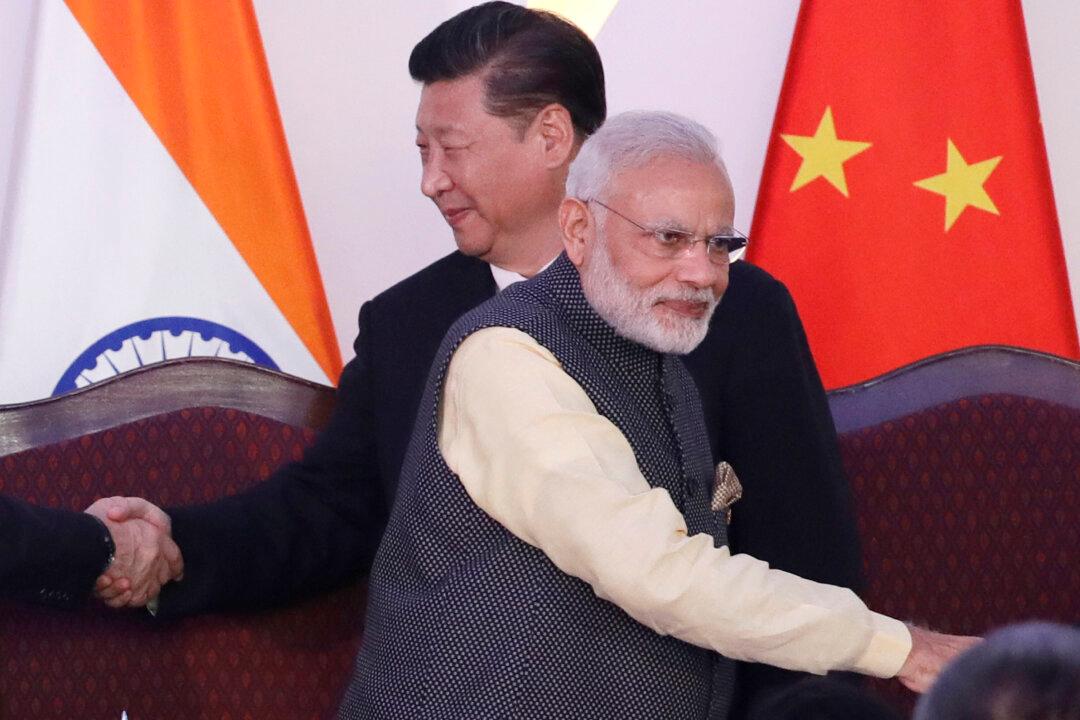NEW DELHI—The China regime’s media war on India has gained pace and spice since last year’s bloody clash in the Galwan Valley, with Chinese media offering counter-narratives and reports on topics that include the COVID-19 pandemic, the competition for selling vaccines, and India–U.S. relations.
An opinion article published by the Chinese state-run outlet Global Times on Jan. 19 blamed India for using the deterioration of U.S.–China relations to advance its political and economic interests through tighter ties with the United States.





